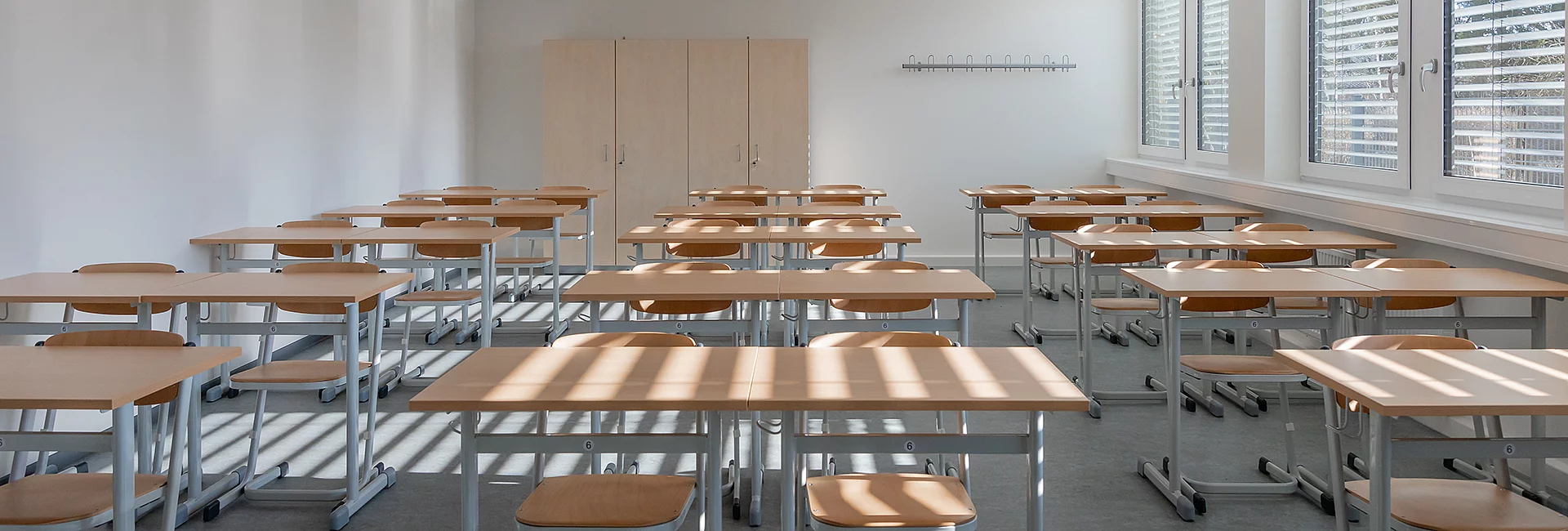The room as a third pedagogue
In times when individual support, inclusion and project-orientated learning are becoming increasingly important, space is becoming a pedagogical tool. Reggio pedagogy, an innovative educational approach from Italy, has coined the term "space as a third pedagogue". It describes the idea that space - alongside teachers and pupils - plays an active role in the learning process and thus acts as a "third teacher". It can structure, inspire and support learning processes - especially in schools that want to move away from rigid frontal teaching models. The room should not only be functional, but also designed in such a way that it encourages curiosity, independence and creativity. The materials used are varied and encourage independent discovery. The room structure promotes communication, co-operation and social learning. There are open areas for group work and retreats for concentrated work. A lovingly designed room shows the child: "You are welcome here." Sustainability, aesthetics and order are part of the educational message.
This is particularly true of inclusive schools, as they are schools for everyone. Here, children with and without disabilities learn together and can develop their individual abilities. But inclusion needs space. A suitable, barrier-free environment is a crucial prerequisite for successful learning and teaching at school. Desks and benches in rows and a blackboard at the head of the classroom - the traditional school room concept and the associated method of frontal teaching do not correspond to the idea of inclusion when children with different abilities and support needs are taught together. Multifunctional group rooms are the solution. They are divided into several areas and offer the best conditions for catering to the special needs of individuals. They combine space for individual support, room for joint experimentation and retreat corners for undisturbed relaxation.
